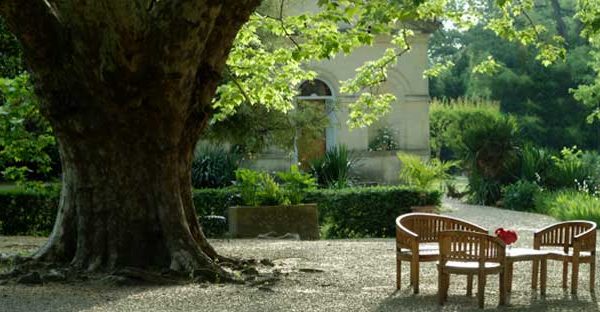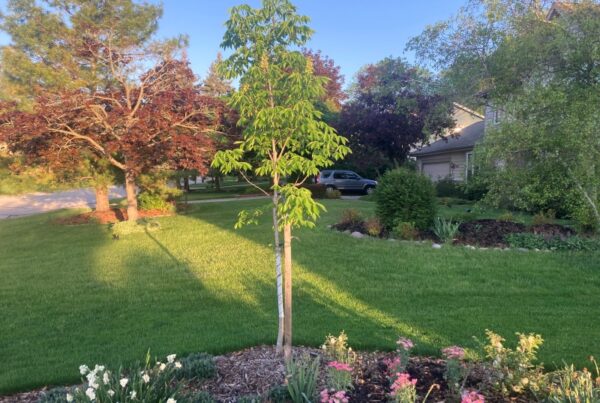Before considering trees and shrubs for your residential or commercial landscape in the fall, we suggest becoming familiar with the latest USDA Plant Cold Hardiness Zone Map.
The new map, released in late 2023, is an indicator of the average annual minimum winter temperatures over 30 years around Wisconsin. Wisconsin’s six zones are 3b through 6a, which is a new zone that runs along Lake Michigan from Racine County to Sheboygan County and includes the northernmost tip of Door County. 6a is considered the warmest zone in the state.
While the hardiness zones cannot tell us how plants will grow now or in the future without considering all landscape conditions, they can at least serve as a guide to your future plantings. We do know that winter and nighttime temperatures during the growing season are getting warmer at a faster rate than daytime and summer temperatures.
Here are some tips for using the USDA Hardiness Zone Map as a guideline for planting:
- Carefully read plant labels, which sometimes overestimate the correct cold hardiness zone where you live.
- Proceed cautiously with trees and plants that are rated as “half cold hardiness zone warmer” than what we normally expect for winter in southeast Wisconsin.
- Choose a protected site, such as near a building, if installing plants that are close to the limit of the hardiness zone for that plant
- Purchase woody plants from local sources rather than big box stores, which ship and sell their products across the U.S.
If you have questions about zone hardiness for your trees or shrubs, please contact ATE’s professionally certified arborists for recommendations.




